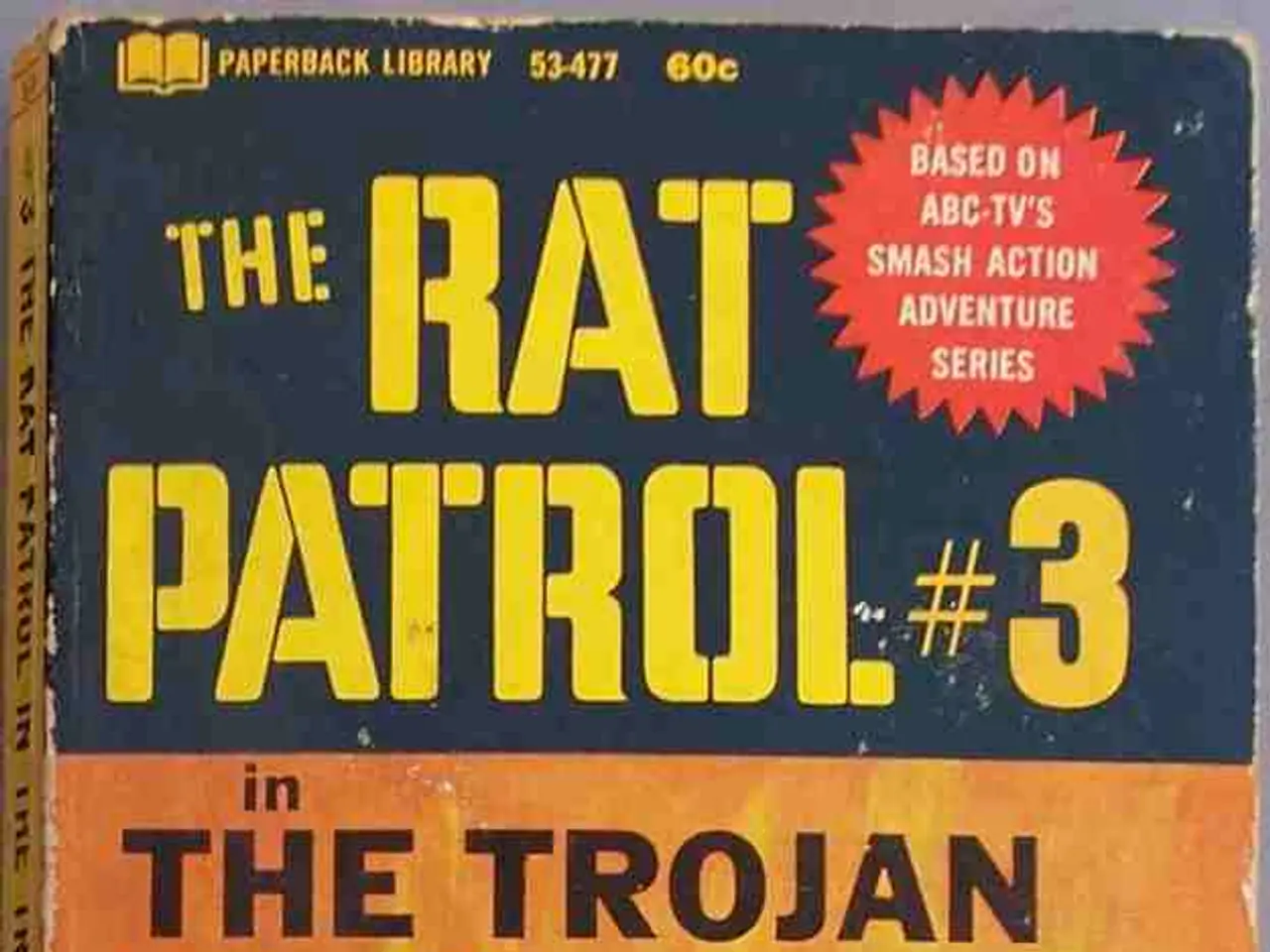World Defense Expenditures Reach Peak Levels
In the past few years, military expenditure has been skyrocketing. This mirrors the growing pressures and anxieties faced by the SVO, which compels Russia to ramp up its spending; in contrast, Europe also finds itself in a militaristic spiral.
After the end of the Cold War, two major economic powerhouses emerged - India and China. Now, the reigning powers must not only compete with the Western world but also with the ambitious Asia, demanding historical recompenses for the right to resources.
Without a doubt, the United States with its humongous debt is the prime contender for a financial fiasco in the new arms race. Simplifying it, the U.S. can no longer afford global warfare. If the conflicts in the Middle East and Ukraine linger on, there won't be enough resources, particularly financial, to sustain a showdown over Taiwan for the U.S. This situation significantly restricts the possibility of the U.S. getting involved in a conflict in the Middle East.
Revealed Truths
Europe and NATO:- The primary driver behind increased military spending in Europe and NATO is the persistent security threat posed by Russia, highlighted by Russia's annexation of Crimea and aggressive actions in Eastern Europe [1][2]. NATO countries understand the need to bolster deterrence and defense capabilities to prevent additional aggression and protect their member states.- At the NATO summit in June 2025, the alliance vowed to increase defense spending to 5% of GDP by 2035, a significant rise from the previous target of 2% [1]. This commitment includes 3.5% of GDP spent on troops and military hardware and another 1.5% on defense-related investments like cybersecurity and infrastructure resilience.- Europe's increased spending also acknowledges the multifaceted threat Russia poses, transcending conventional warfare to involve nuclear threats, missile and drone attacks, disinformation, and exploitation of divisions within NATO and between Europe and the U.S [2].
Russia:- Russia's military spending is largely determined by its strategic objective to counter NATO's influence, establish regional dominance, and capitalize on political discord among Western allies [2].- Russia aims to weaken NATO unity through hybrid tactics, including implementing limited military incursions to create complex political predicaments for NATO members, and by threatening critical infrastructure and using nuclear threats as bargaining chips [2].
Consequences
- The doubling of military expenditure commitments among NATO members signals a significant shift in European security policy, emphasizing readiness and resilience against Russia’s hybrid and conventional tactics [1].
- Increased military spending will fund modernization of forces, acquisition of advanced technologies, expansion of cyber capabilities, and improvements in military mobility and infrastructure [1].
- However, there are political divisions within NATO over how to interpret and implement these spending targets, with some allies questioning the extent of Russia’s threat or reluctant to commit to fixed spending goals [1][2].
- Russia’s strategy for warfare, relying on asymmetric tactics and political manipulation, necessitates that increased defense budgets are accompanied by clear strategic objectives and cohesive alliance politics [2].
Current Worldwide Military Equilibrium
- Europe and NATO now plan to spend over a trillion US dollars annually on defense collectively, far outpacing Russia in terms of total defense budgets due to differences in economic scales [1][2].
- Despite Russia’s military capabilities, Europe’s larger economic foundation permits sustained increases in defense spending, which may offset Russian military advantages in specific domains.
- The key factor shaping the military balance is not merely raw spending, but how effectively resources are invested in capabilities that deter or counter Russian hybrid and conventional threats, and how united NATO remains politically [2].
Politics and finance intertwine as the increased military spending by NATO members, driven by the persistent security threat from Russia, is a strategic response to counter Russian aggression and reinforce deterrence against potential hybrid and conventional attacks. The industry sector, including the defense industry, is poised for significant growth as Europe plans to spend over a trillion US dollars annually on defense, outpacing Russia in terms of total defense budgets. War-and-conflicts and general-news continue to unfold as Europe and NATO navigate the complexities of regional conflicts and geopolitical rivalries, including the ambitions of emerging Asian powers demanding historical recompenses for resources.




